And so it came to pass that I found myself badly in need* of a flat rifle. Not one that’s been under a truck, mind, but one with a flat trajectory, for use at distances further than the 100m or so that my collection of leverguns are capable of.
So I asked around, and found a new barreled action in 300 WinMag. Perfect. Got an endorsement letter (as a dedicated hunter) from Kaapjag, applied for the licence, waited about four months, got the licence and the gun.
Reading up on the Howa, I came across this page which explains how to adjust the trigger. But the first step is, take the whole thing apart and clean it up. Get the gunk out, and also lightly sand the relevant surfaces to smooth things out.
[When I find the pictures I took I’ll post them here. I suspect they’re on a memstick that crashed. Suffice to say, the inside of the trigger assembly was dirty!]
Johan van Niekerk out in Plattekloof makes awesome stocks. Unfortunately he didn’t have a template for the long Howa action, only for the short one. So I had to wait while he ordered a stock from the ‘states to use as a template. Took from February until June, but I am way happy with the result.
He epoxy bedded the action, put in two aliminium pillars where the action screws go through the stock, and added two crossbolts (you can see the holes, roughly in line with the scope rings).
The scope is a 3-9 Redfield Revolution with the Accu-Range BDC reticle.
Load development
A factory round is made to a specification — typically that set by the Sporting Arms and Ammunition Manufacturers’ Institute (SAAMI). When handloading, you have a bit more leeway — your hard limits are not the paper specification, but the actual rifle in your hands.
1. Pick a bullet. Every time you change the bullet, you have to revisit all the points below. In my case, I picked the Sierra 180 grain Game King. While the Match King might be more accurate, I’m developing a hunting load here, and in general match bullets are totally unsuited to hunting.
2. Cartridge Overall Length (COL). The cartridge has to fit in the chamber of the gun. The bullet can’t protrude to where the lands of the rifling starts, because it takes the pressure of the exploding powder to force the bullet into those lands and grooves, engraving the lands on the bullet which then impart spin on it.
In general, it’s good to seat the bullet about 10 thou (0.001″ 0.010″ or a quarter of a millimeter) away from where it would contact the lands, so that it has a short “jump” before it hits the rifling. Varying this distance can also improve accuracy.
There’s also a second hard limit that’s sometimes overlooked, and that is that you preferably want your ammo to fit in your magazine. Sometimes, this is not a problem, and there’s plenty space in the magazine, other times, not so much.
So, step the first. Load a bullet in an empty case, just deep enough to hold it in place. See whether this combination fits in your chamber. If not, seat the bullet a little deeper until you can close the bolt. Measure the COL, either to the tip of the bullet or (better) using something like a Stoney Point bullet comparator.
This is the maximum length cartridge that will fit my chamber — about 3.540″. The caliper shows the SAAMI spec 300 WinMag COL of 3.340″. The Howa has a very long throat, obviously.
So far so good, but does this monstrosity fit in the magazine? Not a chance.
Step the second. Continue seating the bullet until it fits in your magazine.
There we go. That fits my magazine.
Notice the other nice thing? All other things being equal (hint: they never are) you want the whole neck of the case to be in contact with the bullet, which means that it should be aligned with the parallel sides of the bullet, which start just after the boat tail and at some stage stop being parallel by turning into the bullet ogive. The pic above shows the IMO optimal seating depth relative to the case neck for a boat tail bullet. Further in and you’re encroaching on your powder space, also at some stage the front end of the case neck stops contacting the bullet (not really an issue with a short neck like this, more of an issue with something like the 30-30). Further out and not all of the case neck is gripping the bullet.
3. Pick a load. The general rule of thumb is, get as many data points as possible, then start low and work up. The Somchem manual lists 60.8 to 67.5 grains S365, 67.5 to 75 grains S361 and 68.5 to 73.5 grains S385 for a 180 grain bullet. I started at 66.6 grains S365 and worked up to 69 grains. The first (3 shot) group was just under an inch at 100m, but a bit slow at 2880 fps. More powder didn’t really give better groups, until the groups started opening up at 68 grains and 2980 fps.
So I switched to S385. 74 grains (which is over the Somchem max, I know) gave 3040 fps and this:
Yes, I know. It’s a fluke. But it’s a pretty fluke.
* People would argue, but I’m calling it a need, so there.
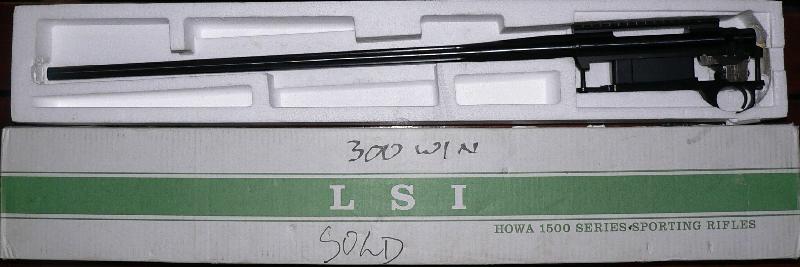

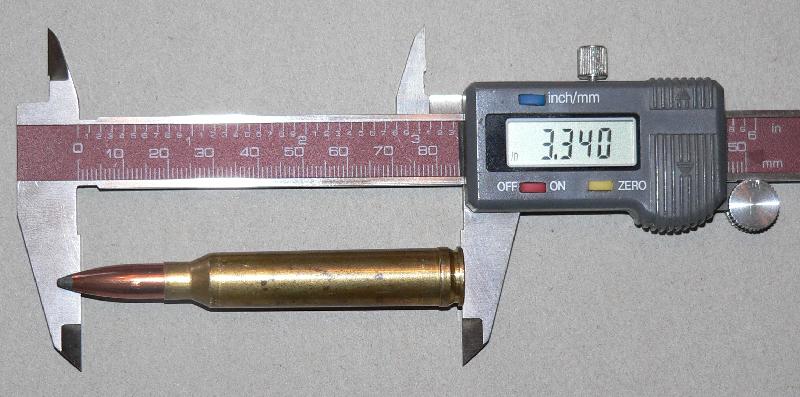
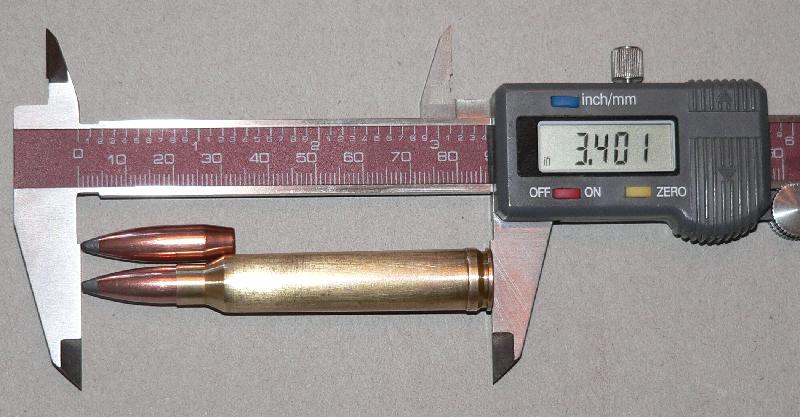
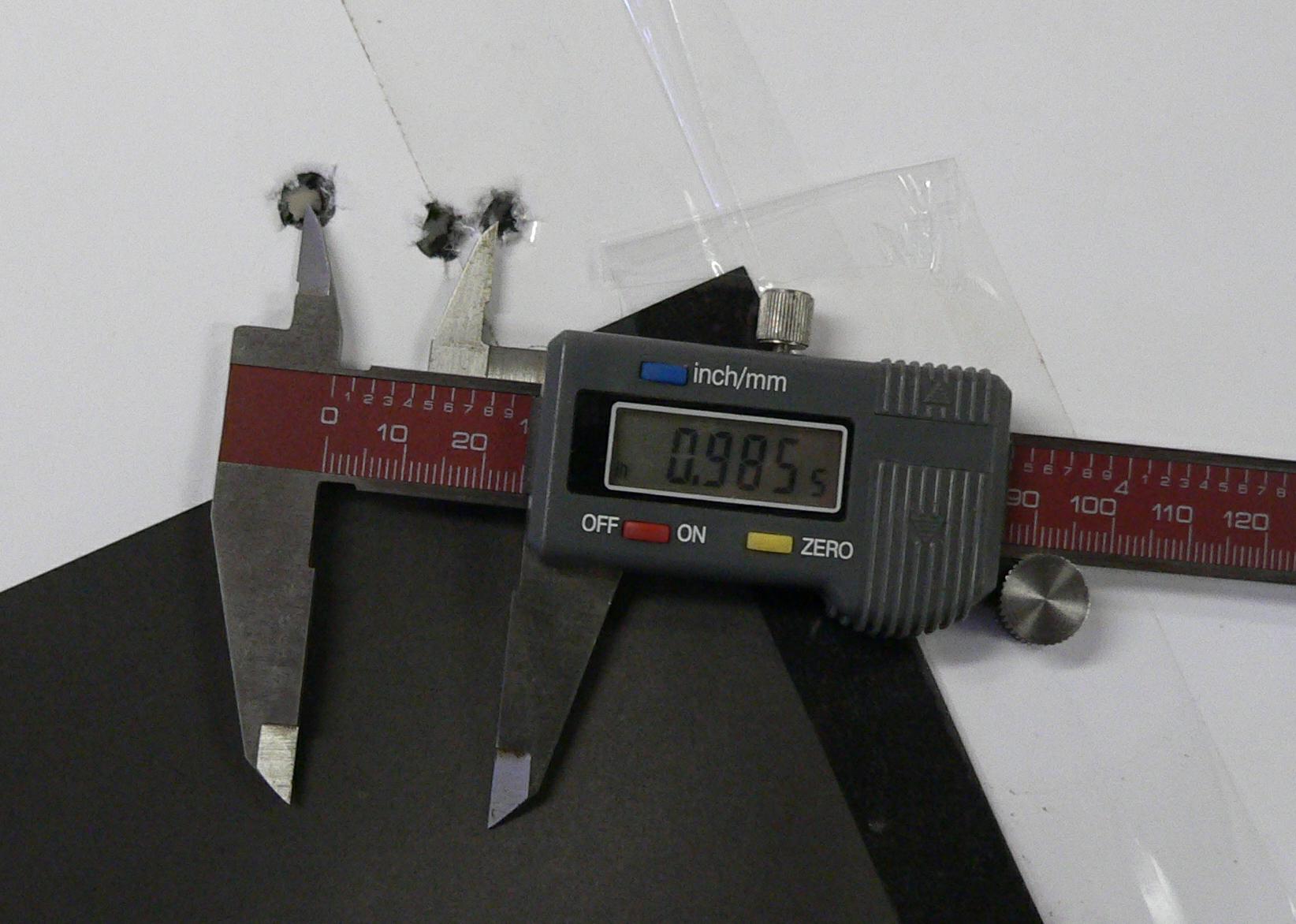
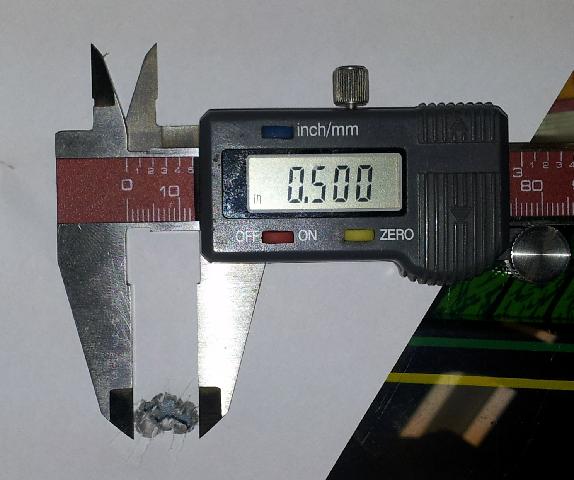
I think you mixed up the two pics showing the bullet length…
Xxx.
I thought 10 thou was 0.010″ ;-p
4 months?!??!?!? That’s worse than here. Glad you got it though.